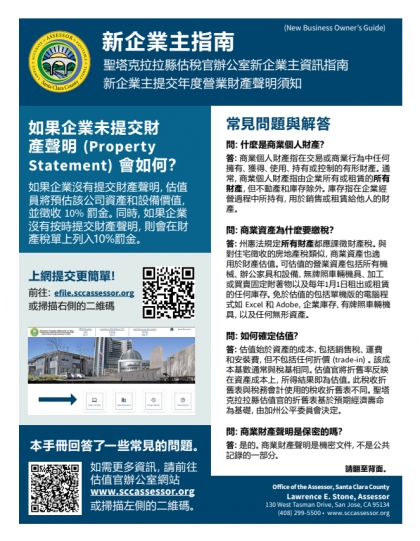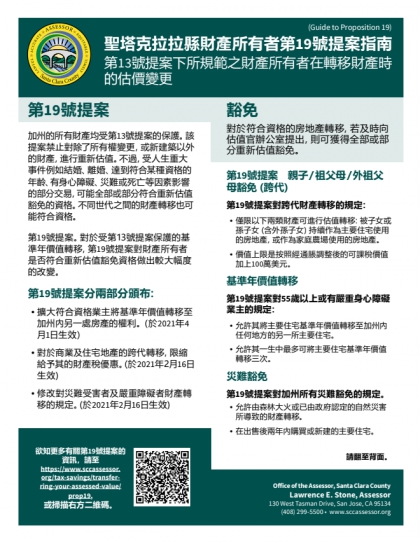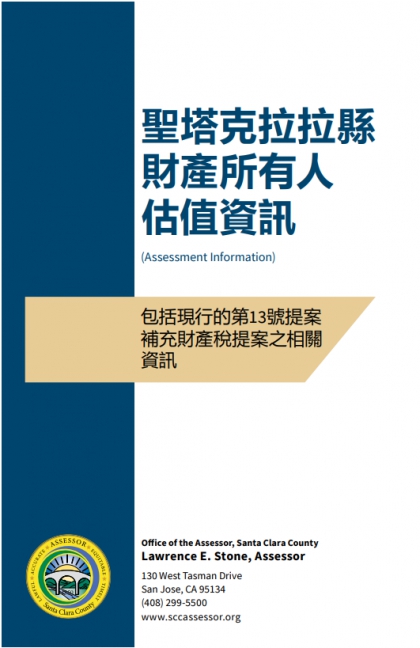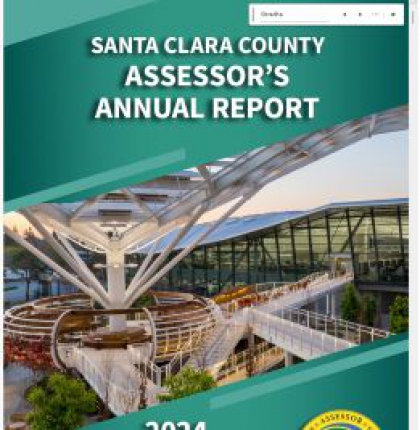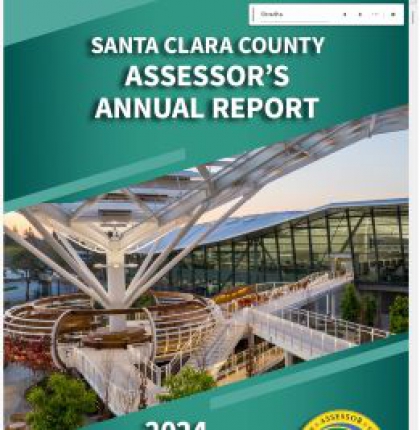
Every year we work to continuously improve the report and if you have suggestions please do not hesitate to let our office know.
Tagged under
Every year we work to continuously improve the report and if you have suggestions please do not hesitate to let our office know.
Tagged under


